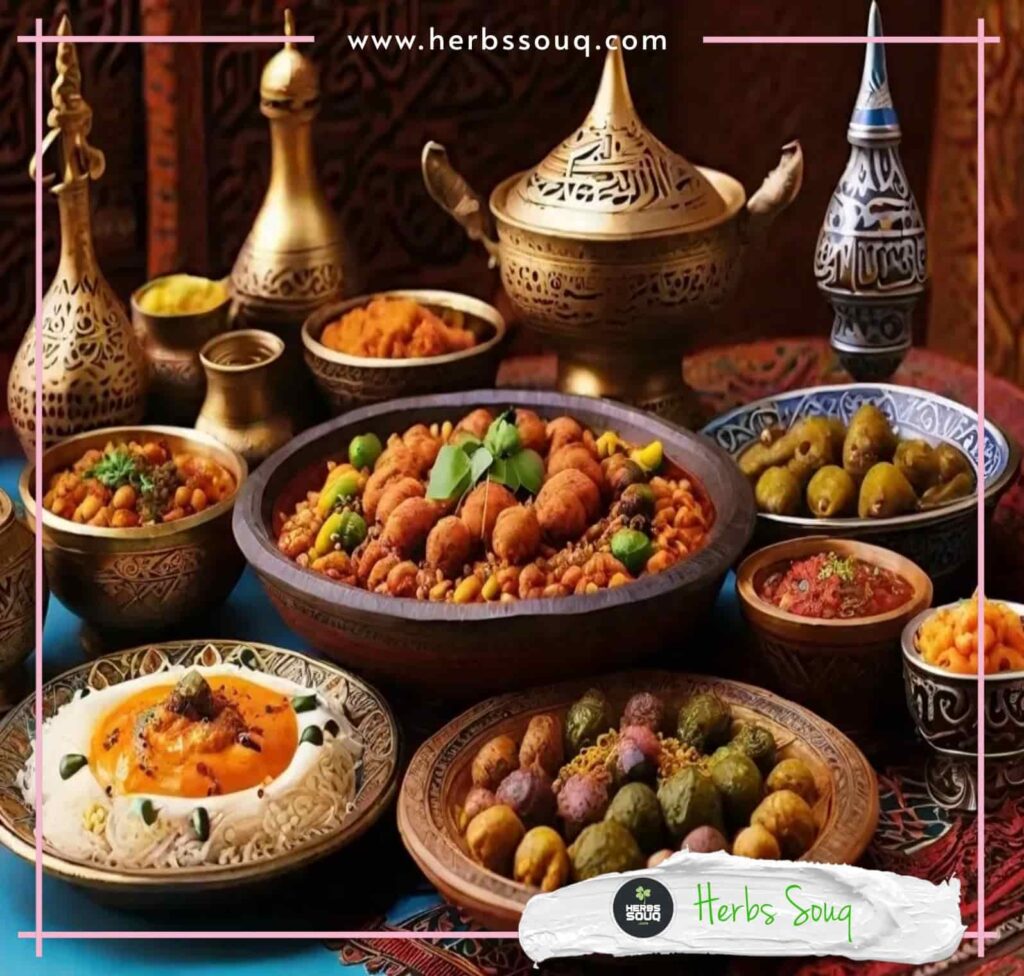What are the 10 Most Popular Herbs? A Comprehensive Guide
Wondering about the 10 most popular herbs that people are raving about? You’ve come to the right place! In this article, we will explore the top 10 herbs that people celebrates for their versatility, flavor, and health benefits. Whether you’re an experienced cook, a budding herbalist, or just someone curious about adding more flavor to your meals, these herbs are sure to pique your interest.
The Versatile Basil
- Basil: The King of Herbs
Basil, often referred to as the “King of Herbs,” is an aromatic herb that has a delightful blend of peppery and sweet flavors. Indeed, this versatile herb pairs excellently with various dishes, from classic Italian pasta to Thai curries. Basil is also a rich source of essential nutrients, including vitamin K, vitamin A, and antioxidants, making it a must-have in your herb garden.
The Taste of Thyme
- Thyme: The Flavor Enhancer
Thyme is a popular herb famous for its ability to enhance the flavor of dishes with its earthy and subtle minty undertones. In fact, you’ll find it commonly used in stews, roasts, and Mediterranean cuisine. It is also valued for its potential health benefits, including anti-inflammatory and antioxidant properties.
Aroma and Flavor
- Rosemary: The Fragrant Herb
With its fragrant, pine-like aroma and a savory taste, rosemary is a beloved herb in various culinary traditions. For instance, its needles can be used to season roasted meats, potatoes, and even bread. Rosemary is more than just a flavor enhancer; it also contains compounds that may promote digestion and boost memory.
Zesty Cilantro
- Cilantro: The Fresh and Zesty Herb
Cilantro, also known as coriander in some parts of the world, adds a burst of freshness and zesty flavor to many dishes. Moreover, it’s a key ingredient in Mexican, Indian, and Southeast Asian cuisines, making it an indispensable herb for salsa, curries, and salads. Equally important, cilantro is rich in vitamins and minerals, making it a nutritious choice to include in your meals.
The Coolness of Mint
- Mint: The Cool and Refreshing Herb
Mint is a cool and refreshing herb that’s used in both culinary and beverage preparations. It’s the essential ingredient in mint tea, mojitos, and various desserts. Also, mint is known for its soothing properties and is often used to alleviate digestive discomfort and freshen your breath.
Versatile Parsley
- Parsley: The Vibrant Green Herb
Parsley is a vibrant green herb with a mild, fresh flavor. It’s commonly used as a garnish but is also an integral part of various dishes, such as tabbouleh and pesto. Not only does parsley add a pop of color to your plate, but it’s also packed with vitamins and minerals, particularly vitamin K and vitamin C.
Italian Flair
- Oregano: The Italian Essential
Oregano is a staple in Italian cuisine, known for its robust, slightly spicy flavor. For example, it is a crucial ingredient in pizza sauce, pasta dishes, and grilled meats. This herb not only enhances the taste of your food but may also offer health benefits, such as antimicrobial and antioxidant properties.
Delicate Dill
- Dill: The Delicate Herb
Dill is a delicate herb with a subtle, anise-like flavor that complements various dishes, especially seafood and pickles. As a result, it adds a refreshing touch to salads and sauces. Furthermore, dill is a great source of vitamins like vitamin A and vitamin C.
Earthy Sage
- Sage: The Earthy and Savory Herb
Sage is an earthy and savory herb that lends a robust flavor to dishes, particularly in poultry and stuffing. Beyond its culinary uses, sage is recognized for its potential health benefits, such as cognitive enhancement and anti-inflammatory effects.
Mild and Onion-Like
- Chives: The Mild Allium Herb
Chives are mild and onion-like in taste, making them a fantastic addition to salads, omelets, and cream-based dishes. Besides, they are part of the allium family, along with garlic and onions, and contain vitamins like vitamin K and choline.
Conclusion
In conclusion, these 10 popular herbs offer a world of flavors and health benefits, making them a must-have in your kitchen or garden. From the regal basil to the delicate dill, each herb has a unique character and a place in various culinary traditions. So, whether you’re looking to add flavor to your dishes or explore the potential health benefits of herbs, these 10 selections will not disappoint.
Remember that while these herbs are widely celebrated, it’s essential to consider your personal taste preferences and dietary restrictions when incorporating them into your meals. Experiment with these herbs to discover your favorite combinations and create culinary masterpieces that suit your palate and lifestyle.
Sources:
- “Basil: A natural source of antioxidants and UV protectants.” National Institutes of Health.
- “Thymus vulgaris and Thymus zygis essential oil decontamination of granular maize stored.” National Institutes of Health.
- “Antioxidant properties of rosemary and its potential applications as a functional food.” National Institutes of Health.
- “Coriandrum sativum: Evaluation of its anxiolytic effect in the elevated plus-maze.” National Institutes of Health.
- “Investigation of the effect of Mentha spicata on the central nervous system.” National Institutes of Health.
- “Parsley: The world’s most popular biennial.” University of Maryland Extension.
- “Chemical composition and in vitro antioxidant activity of essential oil from a Tunisian population of Origanum majorana L.” National Institutes of Health.
- “Antioxidant, analgesic and anti-inflammatory activities of Dill (Anethum graveolens L.) essential oil and its constituents in acute and chronic animal models.” National Institutes of Health.
- “Sage advice: A review of the folk uses and secondary pharmacology of Salvia officinalis L.” National Institutes of Health.
- “Assessment of phytochemicals, antioxidant, and antibacterial activities of Allium schoenoprasum L.” National Institutes of Health.





